AAA: What's The Difference Between CO2s and Essential Oils?

Some might think aromatherapy is limited to just essential oils, but really the world of aromatherapy is vast and expansive. Beyond essential oils, aromatherapy includes absolute oils, whole plant material, incense, CO2 oils and more. While we could write a book’s worth of information on the differences between aromatics, today we’re going to compare essential oils and CO2s.
But wait, isn’t CO2 a gas we exhale? That’s correct, and believe it or not, that gas we breathe in-and-out on a daily basis has big implications in aromatherapy. Let’s find out what those implications are.
History of CO2 Oils
At Edens Garden, we recently added five CO2 oils to our offerings. CO2s (also known as CO2 oils and supercritical CO2 extracts) refer to oils extracted using carbon dioxide. Not only are CO2s new to EG, they’re also new to the world of aromatherapy. Originally, carbon dioxide was used to extract oil from plants to be used as flavorings, aromas and in pharmaceuticals and cosmetics. CO2s are also used to decaffeinate coffee and teas. It wasn’t until recently that they joined the world of aromatherapy.
How are Oils Obtained?
Different methods of obtaining oil can produce oils with different chemical makeups, benefits, and aromas. Such is the case with CO2 extraction, solvent extraction, steam distillation, and cold pressing.
CO2 Extraction
CO2 oils are extracted with supercritical carbon dioxide. At room temperature and average air pressure, CO2 is a gas. But when highly pressurized, it can enter a supercritical state. In its supercritical state, CO2 becomes like a liquid that is used as a solvent that extracts oil from plant material. After the oil has been extracted, CO2 is reverted to its gaseous state and the oil is collected.
Steam Distillation
Most essential oils are steam distilled. In steam distillation, water is heated in a still, and plant material is added. The heat causes plant sacs and vessels to break open, releasing its oil. Once the oil has been released, it moves into a separator where it is removed from the water and collected.
While steam distillation has come a long way to ensure the therapeutic benefits of oils remain intact, comparatively, CO2 extraction uses minimal amounts of heat which optimizes the prevention of thermal degradation. CO2 extraction also tends to produce oils with heavier plant molecules, creating oils with unique compositions compared to essential oils.
Solvent Extraction
Solvent extraction involves the use of an organic solvent, such as ethanol or hexane, to obtain the oil. Oils extracted using an organic solvent are defined as “absolute oils.” Like CO2 extraction, the solvent mixes with the plant material and extracts the oil. Once the oil has been extracted, the solvent must be meticulously removed. If not done carefully, trace amounts of the solvent could be left behind which is undesirable.
Because no trace of carbon dioxide is left behind in an oil once it returns to its gaseous state, CO2 oils are said to have fewer impurities than solvent extracted oils. In general, CO2 extraction also yields more oil than solvent extraction.[1]
Cold Pressing
While most plant material is not capable of being cold-pressed, citruses are. A cold press works by pricking the citrus rinds, causing the essential oil to be released. Some fruit juice is also released in the process. The oil and juice then drip down into a container and are separated in a centrifuge. This process creates an oil with minor differences to their steam distilled counterparts, and therefore are also simply defined as “essential oils.” As such, the same differences between CO2s and steam-distilled oils apply to CO2s and cold-pressed oils.
Differences in Benefits and Aromas
Now that we’ve discussed how different methods of obtaining an oil produce variegated chemical compositions, benefits, and aromas, let’s compare CO2s and their essential oil counterparts.
Coconut CO2 Vs Coconut Carrier Oil
While we don’t have an essential oil to compare our Coconut CO2 to, we can compare it to our Fractionated Coconut carrier oil. Coconut CO2 and Coconut carrier oil both primarily contain fatty acids rather than volatile molecules, making Coconut CO2 quite different from essential oils. On average, Coconut CO2 contains a high amount of lauric acid and significant amounts of myristic acid, capric acid and caprylic acid.[2]
Unlike Coconut carrier oil, Coconut CO2 is much more aromatic with an aroma like coconut milk and pulp. It’s refreshing, scrumptious, tropical, and blends well with other gourmand oils such as Ginger, Cinnamon, Key Lime, and Grapefruit.
Like Coconut carrier oil, Coconut CO2 is skin moisturizing, healing, rejuvenating, and works to reduce the appearance of fine lines. Because of its unique fatty oil content, it can be used undiluted on the skin, though we find it beneficial to dilute as this enhances its skin-nourishing properties and helps it to last.
Frankincense CO2 Vs Frankincense Essential Oil
Experiencing Frankincense CO2 is like experiencing the pure resin from which it’s obtained. Frankincense CO2’s aroma is resinous, earthy, grounding, and warm with terpenic, green notes. One whiff is all it takes to understand the power it contains. Comparatively, Frankincense- carterii essential oil is greener, sharper, and more one-dimensional.
Comparing the GC/MS reports of Frankincense CO2 and essential oil, you’ll find that the essential oil contains more alpha-pinene and alpha-thujene than its CO2 counterpart. The essential oil also withholds around the same percentage of limonene and far less incensole and incensole acetate than the CO2.
When it comes to which to use for various therapeutic purposes, Frankincense CO2 is favored for its stress-relieving, mood-boosting, anti-inflammatory, immune-supportive and sleep-enhancing abilities. Frankincense essential oil is often chosen for its pain-relieving, antibacterial, antiviral, antioxidant, and skin-supportive action.
German Chamomile CO2 Vs German Chamomile Essential Oil
An anti-inflammatory powerhouse, both German Chamomile CO2 and essential oil have much to offer for inflammation sufferers. What can its anti-inflammatory action be attributed to? German Chamomile essential oil is dominated by anti-inflammatory alpha-bisabolol.[3] In comparison, the CO2 contains far less but still a significant amount of this compound. German Chamomile CO2 also contains inflammation-fighting matricin. This clear compound converts to deep-blue chamazulene when heat is applied and is found in an abundance in German Chamomile essential oil; note here, this is why German Chamomile CO2 is not deep blue, unlike the essential oil.[4] Both matricin and chamazulene have similar benefits.[5]
Along with being highly anti-inflammatory, German Chamomile essential oil and CO2 are also great respiratory aids, wonderful additions to skincare and can help to lower swelling and fluid retention.[6]
So just how do these two oils differ? One glaring way that they’re dissimilar is that CO2 extraction of German Chamomile produces skin-nourishing fatty acids such as linoleic acid, palmitic acid, and oleic acid. This gives the CO2 an edge in skincare over Chamomile essential oil. The CO2 is also more complex, floral, herbaceous, and truer to Chamomile flowers than the essential oil.
Ginger CO2 Vs Ginger Essential Oil
Historically, Ginger has been used as a healing aromatic across many different cultures and in various countries for its therapeutic benefits, aroma, and flavor. Today, Ginger is still beloved and used with its many applications towards natural wellness and we now have scientific evidence to back its therapeutic action.
Ginger CO2 and Ginger essential oil both have similar chemical compositions but different quantities of compounds. As a result, researchers have found that Ginger CO2 and essential oil are both antibacterial, but Ginger CO2 is more effective towards inhibiting gram-positive bacteria and Ginger essential oils is better at inhibiting gram-negative bacteria.[7] Ginger CO2 is also primed for boosting antioxidants and aiding digestion whereas the essential oil best serves as a respiratory aid, pain reliever and immune supporter.[8]
When it comes to aroma, the next closest thing to freshly chopped Ginger from the market is Ginger CO2. If you were to blindly inhale Ginger essential oil, there’d be no doubt that its zesty, spicy aroma belongs to Ginger, but it’s slightly more earthy and grounding than its fresh CO2 counterpart.
Vanilla CO2 Vs Vanilla Oleoresin
Let’s get one thing out of the way – the price difference between Vanilla CO2 and Vanilla Oleoresin. For starters, pure Vanilla – whether it’s an extract, oleoresin, essential oil, CO2, what have you – is expensive. The reason for this is that crop shortages and an inability to meet worldwide demands have made Vanilla a rarity. Not to mention, tons of plant material is required to make a small bottle of oil. Furthermore, Vanilla CO2 has a chemistry closer to the Vanilla plant, making it highly desirable for its sweet, rich aroma. Vanilla oleoresin, on the other hand, has a sweet, creamy aroma that’s still quite pleasant, but lacks the depth of the CO2. The primary component of both oils is vanillin. High-quality Vanilla CO2 contains a lesser amount of vanillin – between 10-13%, like Vanilla beans – and the essential oil contains a much higher amount – around 75-85%. Therefore, Vanilla CO2’s demand over Vanilla Oleoresin, and a shortage of Vanilla in general, is the cause for our Vanilla oils’ dramatic price difference.
Still, both Vanillas can be used for similar purposes which include perfumery, stress-relief, creating a warm and relaxing environment, adding a creamy and elegant touch to synergy blends, and more. Vanilla CO2 is preferred for oil-based preparations, whereas Vanilla Oleoresin is lipophilic and can be blended directly in water up to a 5% dilution.
Can You Use CO2s in the Same Way as Essential Oils?
With the exception of Coconut CO2 which doesn’t need to be diluted, CO2s can be used in all of the same ways as essential oils. CO2s do tend to be viscous and you would do well to read our tips on how to use thicker oils when using them.
-
Apply Topically: Our CO2s are 100% pure and undiluted. To apply to the skin, dilute with a high-quality Carrier Oil. See our dilution chart here. We recommend performing a skin patch test when using a new CO2 or essential oil topically.
-
Diffuse & Inhale: Breathe in your favorite CO2s using an essential oil diffuser or personal pocket inhaler. For instructions on how to use your diffuser, please refer to the diffuser's product page or check with the diffuser manufacturer.
-
DIYs: Explore simple and fun recipes on The Drop, our aromatherapy blog with expert tips, EO news, and informative reads.
Edens Garden
At Edens Garden, you can trust that all of our essential oils, CO2s and absolutes are of the highest quality available. That’s because we third-party test each batch of oil that we offer via GC/MS, refractive index, organoleptic and specific gravity methods. Essential oil chemists and our team of in-house aromatherapists then review each GC/MS report to ensure purity and quality. All of our oils are hand-poured and reviewed for quality assurance before being sealed and sent to your doorstep. Experience the difference of affordable, high-quality essential oils for yourself when you partner with Edens Garden.
Sources:
- Jozwiak, Adam et al. “Application of Supercritical CO2 for Extraction of Polyisoprenoid Alcohols and Their Esters from Plant Tissues.” PubMed Central (PMC), 1 July 2013, www.ncbi.nlm.nih.gov/pmc/articles/PMC3679403.
- Norulaini, N. A. Nik et al. “Effects of Supercritical Carbon Dioxide Extraction Parameters on Virgin Coconut Oil Yield and Medium-Chain Triglyceride Content.” ScienceDirect, 1 Sept. 2009, www.sciencedirect.com/science/article/abs/pii/S0308814609002179.
- Kim, Seungbeom. “Inhibitory Effects of (-)-α-Bisabolol on LPS-Induced Inflammatory Response in RAW264.7 Macrophages.” PubMed, Oct. 2011, pubmed.ncbi.nlm.nih.gov/21771629.
- E, Reverchon. “Supercritical Carbon Dioxide Extraction of Chamomile Essential Oil and Its Analysis by Gas Chromatography-Mass Spectrometry.” Abstract - Europe PMC, 1 Jan. 1994, europepmc.org/article/agr/ind20401810.
- Ramadan, Mai et al. “Chamazulene Carboxylic Acid and Matricin: A Natural Profen and Its Natural Prodrug, Identified through Similarity to Synthetic Drug Substances.” PubMed, July 2006, pubmed.ncbi.nlm.nih.gov/16872141.
- Tomić, Maja et al. “Antihyperalgesic and Antiedematous Activities of Bisabolol-Oxides-Rich Matricaria Oil in a Rat Model of Inflammation.” PubMed, May 2014, pubmed.ncbi.nlm.nih.gov/23983133.
- Mesomo, Michele C. “Supercritical CO2 Extracts and Essential Oil of Ginger (Zingiber Officinale R.): Chemical Composition and Antibacterial Activity.” ScienceDirect, 1 Aug. 2013, www.sciencedirect.com/science/article/abs/pii/S0896844613001290.
- Lee, Chih-Chen. “Functional Ginger Extracts from Supercritical Fluid Carbon Dioxide Extraction via In Vitro and In Vivo Assays: Antioxidation, Antimicroorganism, and Mice Xenografts Models.” PubMed Central (PMC), 29 July 2013, www.ncbi.nlm.nih.gov/pmc/articles/PMC3745960.



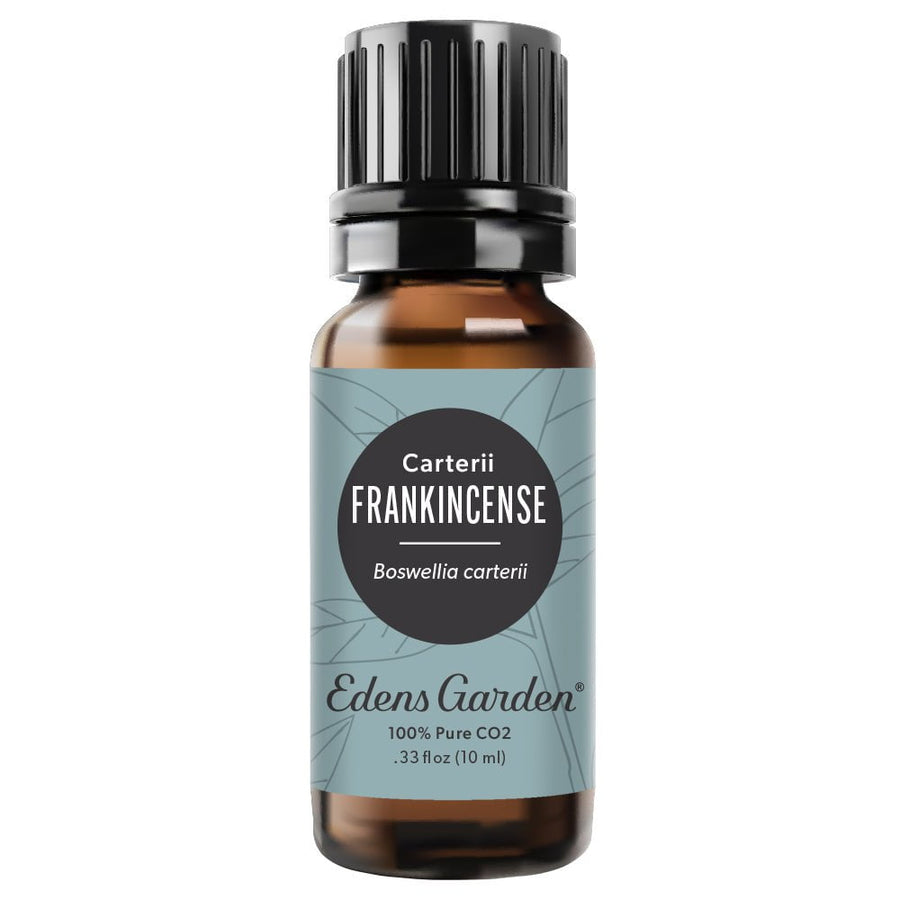
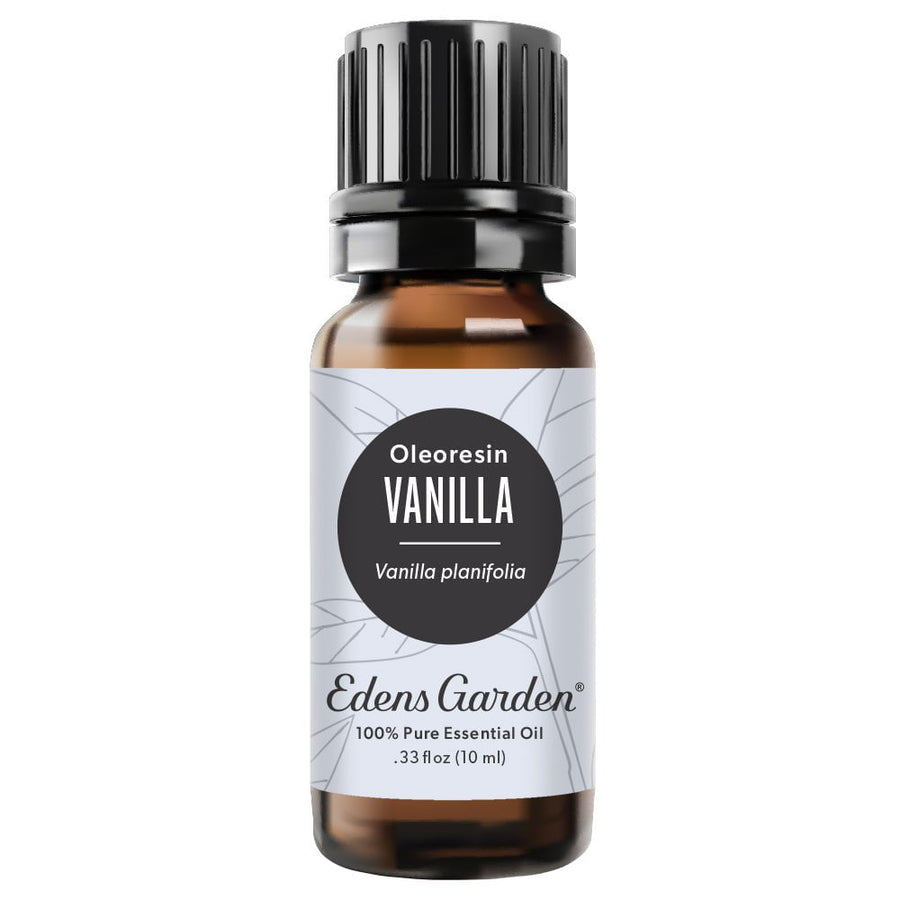
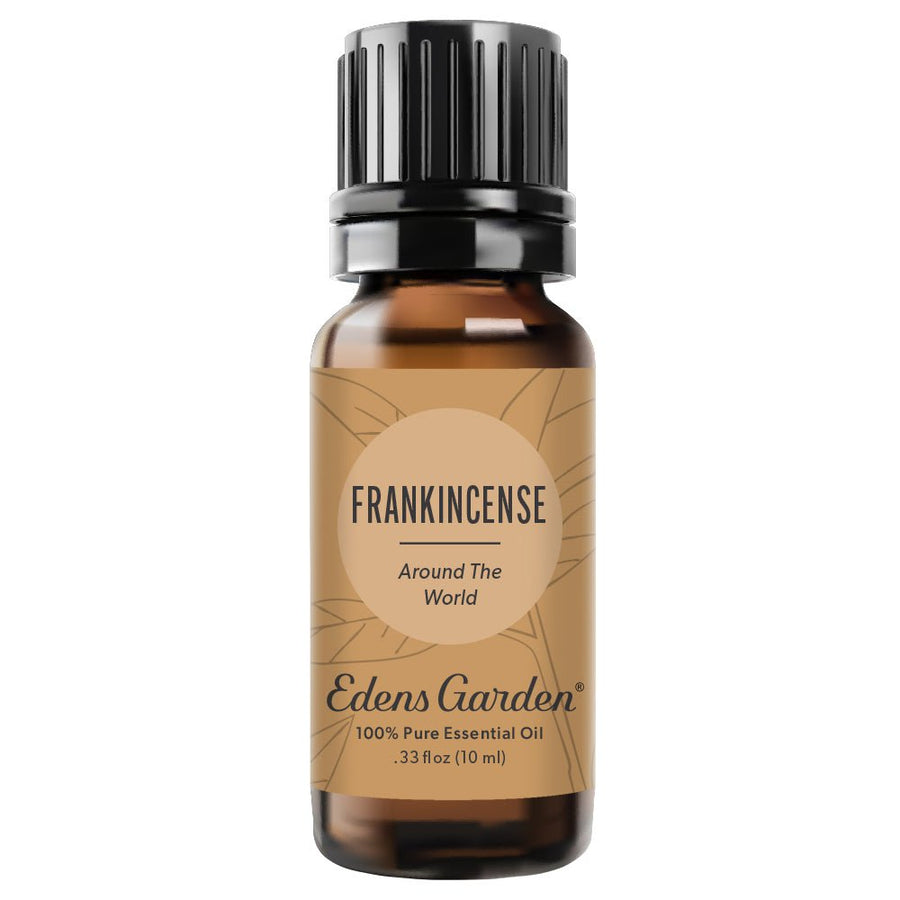


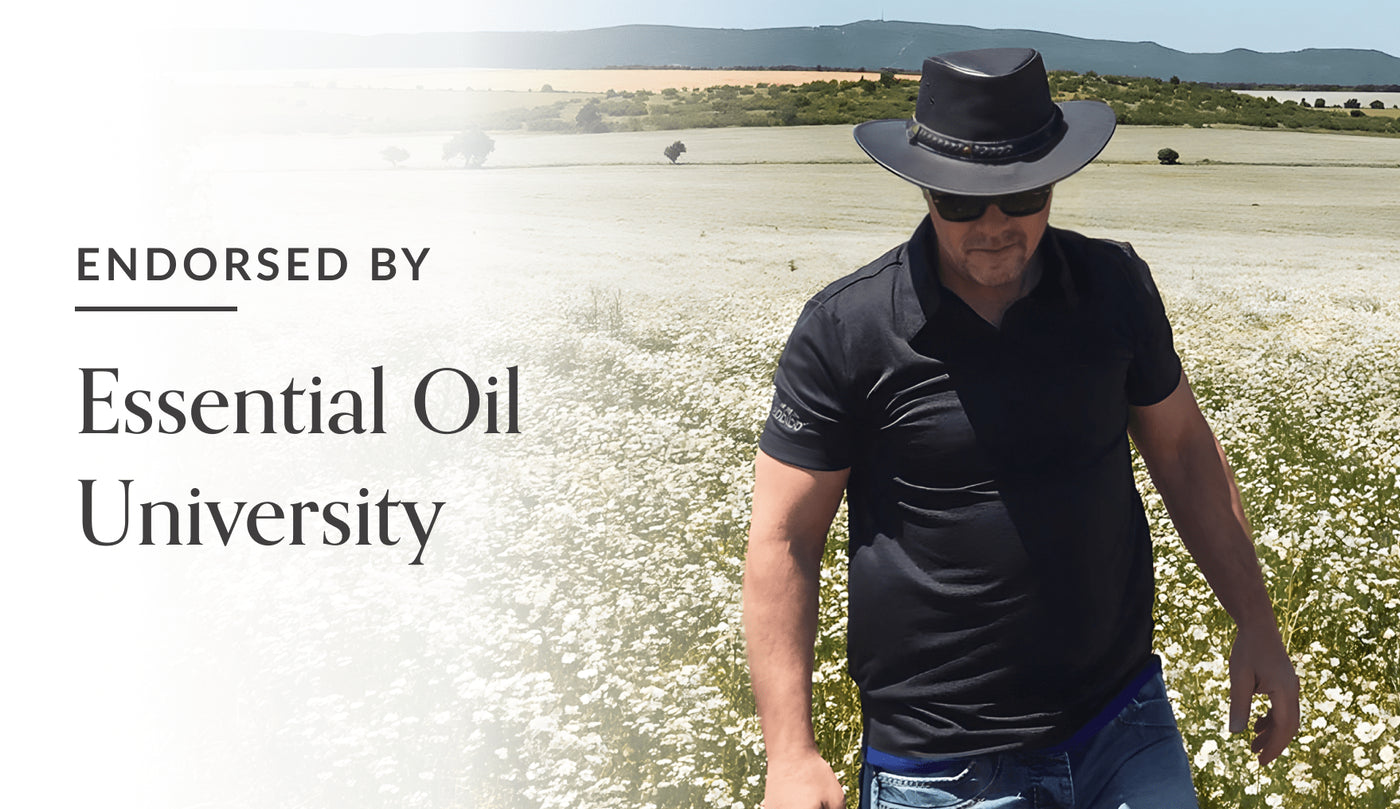
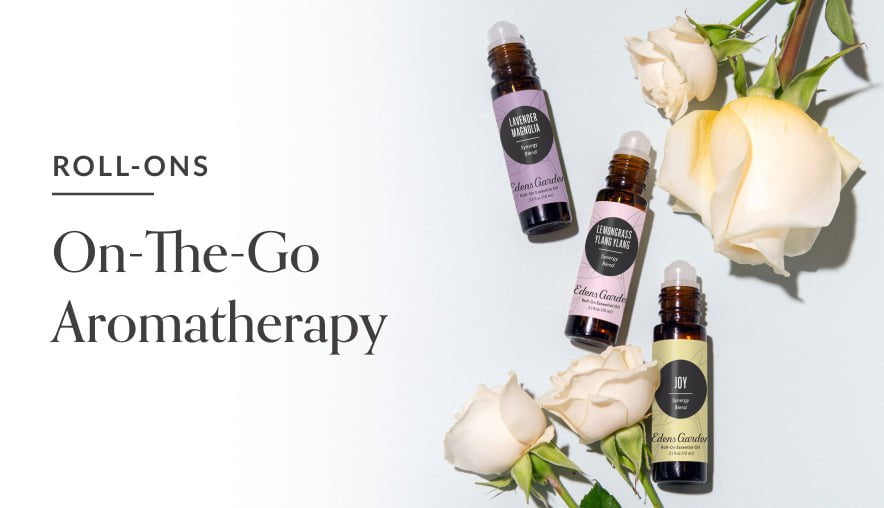
Leave a comment (Comments will be approved before showing up)